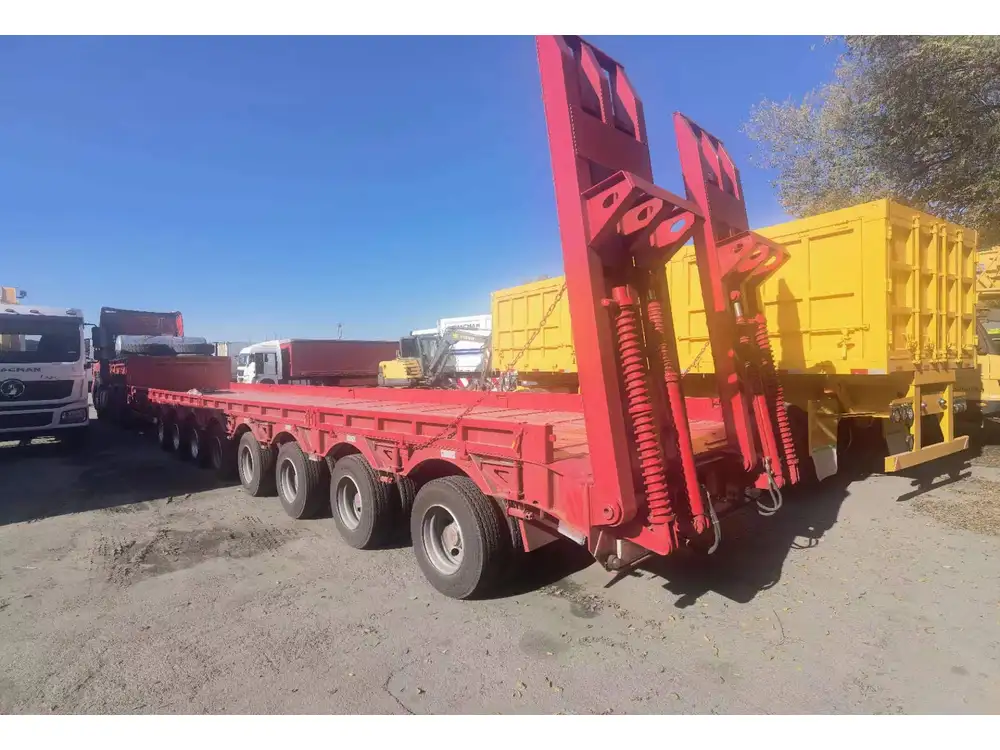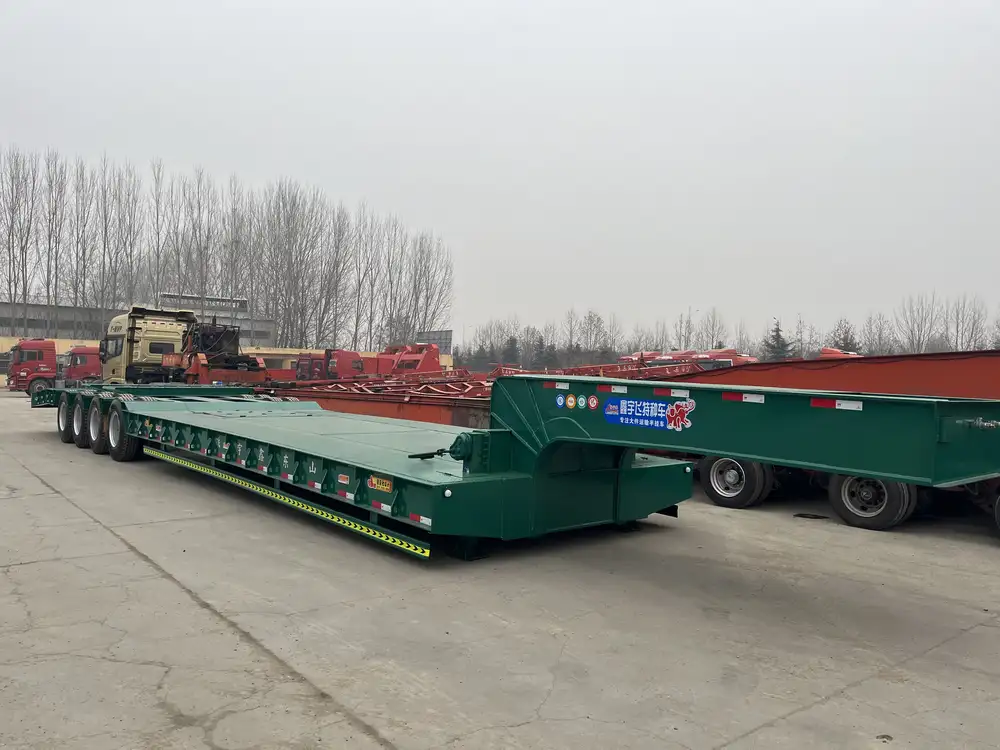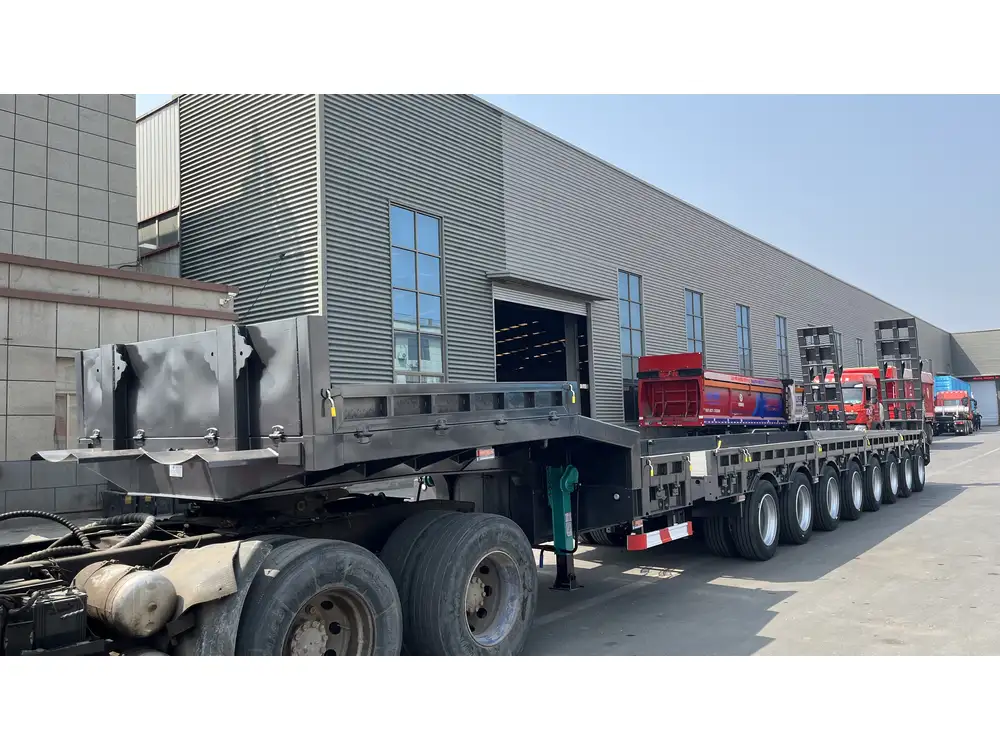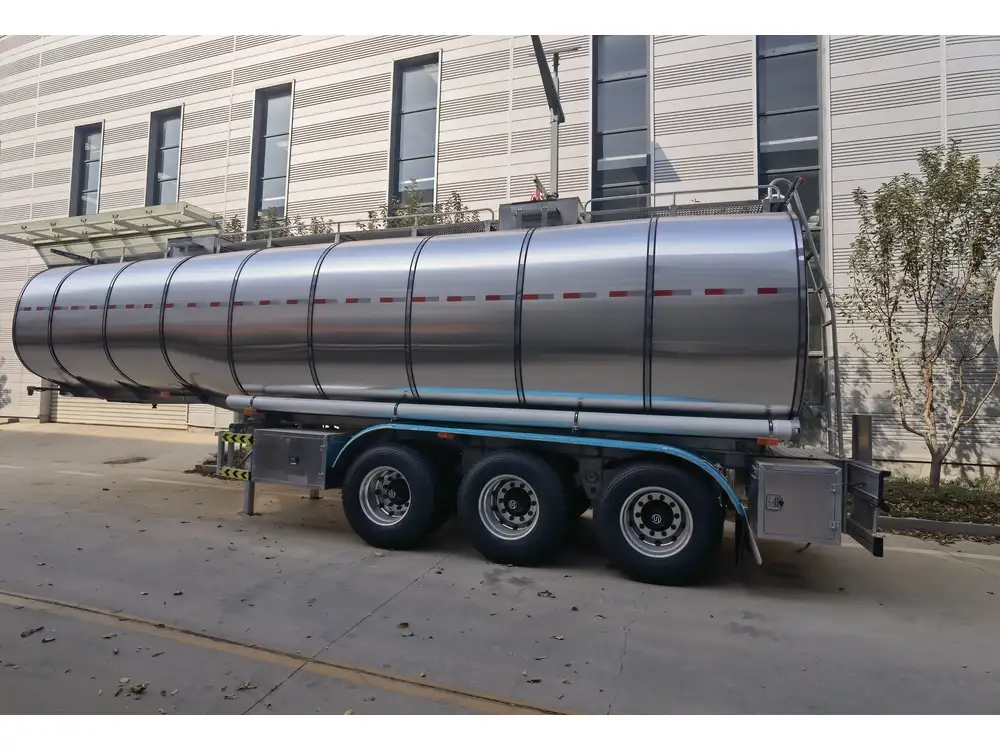Designing a graphic semi-trailer is an intricate yet rewarding process that involves blending aesthetics with functionality. In our exploration, we delve deep into the nuances of creating visually captivating and effective graphic semi-trailers, ensuring that they stand out on the road and propagate brand identity. Let’s navigate through the myriad layers of this design journey.
Understanding the Purpose of a Graphic Semi-Trailer
1. Branding Opportunities
A graphic semi-trailer serves as a mobile billboard, conveying your brand’s message across vast distances. This unique advertising medium provides an opportunity to:
- Showcase branding elements: Integrate logos, taglines, and brand colors.
- Promote campaigns: Highlight current promotions, services, or product launches.
- Enhance visual identity: Create a strong visual presence that resonates with audiences.

2. Regulatory Considerations
Before diving into the design, familiarize yourself with regulations pertaining to trailer graphics. Different regions may have specific laws regarding size, placement, and content of advertisements on vehicles. Consideration should be given to:
- Local traffic laws concerning visibility and distractions.
- Requirements for permit applications, if necessary.
- Restrictions on certain content types (e.g., adult themes, political content).
Step-by-Step Process of Graphic Design for Semi-Trailers
A. Initial Planning and Conceptualization

1. Define Objectives
Establish clear goals that the design must achieve. Ask questions such as:
- What message should the graphic convey?
- Who is the target audience?
- What action do we want viewers to take?
2. Research Competitors
Conduct a thorough analysis of competitor designs. Create a comparison table to visualize strengths and weaknesses.
| Competitor Name | Design Style | Key Elements | Notable Features |
|---|---|---|---|
| Competitor A | Minimalist | Logo, Phone Number | Use of White Space |
| Competitor B | Bold Color | Engaging Imagery | QR Codes & Call-to-Action |
| Competitor C | Illustrative | Storytelling Elements | Unique Characters |
B. Design Elements to Consider

1. Color Theory
The colors chosen for a graphic semi-trailer significantly affect visibility and emotional response. Consider the following:
- High contrast: Ensure text stands out against the background.
- Brand colors: Use primary brand colors to maintain consistency.
- Psychological impact: Different colors evoke different feelings (e.g., blue for trust, red for excitement).
2. Typography
Typography is crucial for readability from a distance. Follow these guidelines:
- Legibility: Opt for sans-serif fonts that are bold and clear.
- Hierarchy: Use larger fonts for headlines and smaller for supporting text.
- Alignment: Ensure text is well-aligned and balanced with images.
C. Visual Imagery and Graphics

1. Choosing the Right Images
Images should resonate with your target audience. Considerations include:
- Relevance: Images should connect directly to the product or service.
- Quality: High-resolution images prevent pixelation and maintain professionalism.
- Diversity: Incorporate various images to appeal to different demographics.
2. Graphic Design Software
Utilizing the appropriate design software is pivotal. Popular tools include:
- Adobe Illustrator: Industry-standard for vector graphics.
- Canva: User-friendly interface, ideal for novices.
- CorelDRAW: Powerful features for complex designs.
D. Utilizing Space Effectively

1. Layout Design
An efficient layout directs viewer attention. Consider using the Rule of Thirds for optimal visual balance. Elements to include:
- Logo placement at the top left for brand acknowledgment.
- Central graphic to attract immediate focus.
- Contact information in the lower section for easy access.
2. Negative Space
Embrace negative space to enhance elements of the design. This approach prevents clutter and emphasizes critical components, thereby improving readability.
Implementation and Production

A. Material Selection
Choosing the right materials affects both durability and visual appeal. Key factors include:
- Vinyl Graphics: Durable and suitable for outdoor conditions.
- Lamination: Protects against UV rays and environmental wear.
- Adhesive Quality: Ensure strong adhesion to avert peeling or fading.
B. Printing Techniques
Select a printing technique that complements your design and material choice. Common methods include:
- Digital Printing: Ideal for detailed images and custom designs.
- Screen Printing: Cost-effective for bulk graphics but limited in detail.
C. Application Process
Follow meticulous guidelines during application to prevent errors:
- Surface Preparation: Clean the trailer surface to remove dirt or grease.
- Alignment: Use measuring tools for precise placement.
- Heat Application: If using heat-sensitive vinyl, apply heat evenly for better adhesion.

Post-Design Strategies
1. Maintenance Tips
To keep the semi-trailer looking fresh and vibrant, regular maintenance is necessary:
- Washing: Use mild soap and water to clean surfaces regularly.
- Inspect for Damage: Look for peeling or fading and address issues promptly.
- Consider Professional Care: When necessary, hire professionals for maintenance.
2. Monitoring Effectiveness
Post-launch, evaluate the effectiveness of the graphic trailer:
- Track Engagement: Utilize unique URLs or phone numbers to monitor responses.
- Gather Feedback: Conduct surveys or interviews with stakeholders or customers.
- Analyze Traffic Data: Use analytics tools to assess increases in web traffic or inquiries.

Common Challenges in Graphic Semi-Trailer Design
A. Size and Placement Constraints
Designing for a large moving surface poses unique challenges. It’s crucial to consider:
- Viewing Distance: Ensure all text and images can be read from a distance of several feet.
- Curvature: Be mindful of the trailer’s shape; graphics may warp based on curvature.
B. Weather Conditions
Environmental factors affect the longevity of graphic designs. To mitigate these risks:
- Use weather-resistant materials to prevent fading and damage.
- Opt for UV-resistant inks to combat sun damage.

C. Managing Brand Consistency
Maintaining brand consistency across various advertising mediums can be challenging. Use style guides and templates to ensure all designs remain cohesive.
Conclusion
Designing a graphic semi-trailer encompasses a holistic approach that combines creativity with strategic planning. By understanding the various components—from initial ideation to final production—we provide our customers with high-quality designs that capture attention and effectively communicate brand messages. With continuous monitoring and maintenance, your graphic semi-trailer will serve as a powerful marketing tool for years to come.
Call to Action
Ready to elevate your mobile advertising game? Partner with us today to transform your semi-trailer into an unforgettable brand statement!



